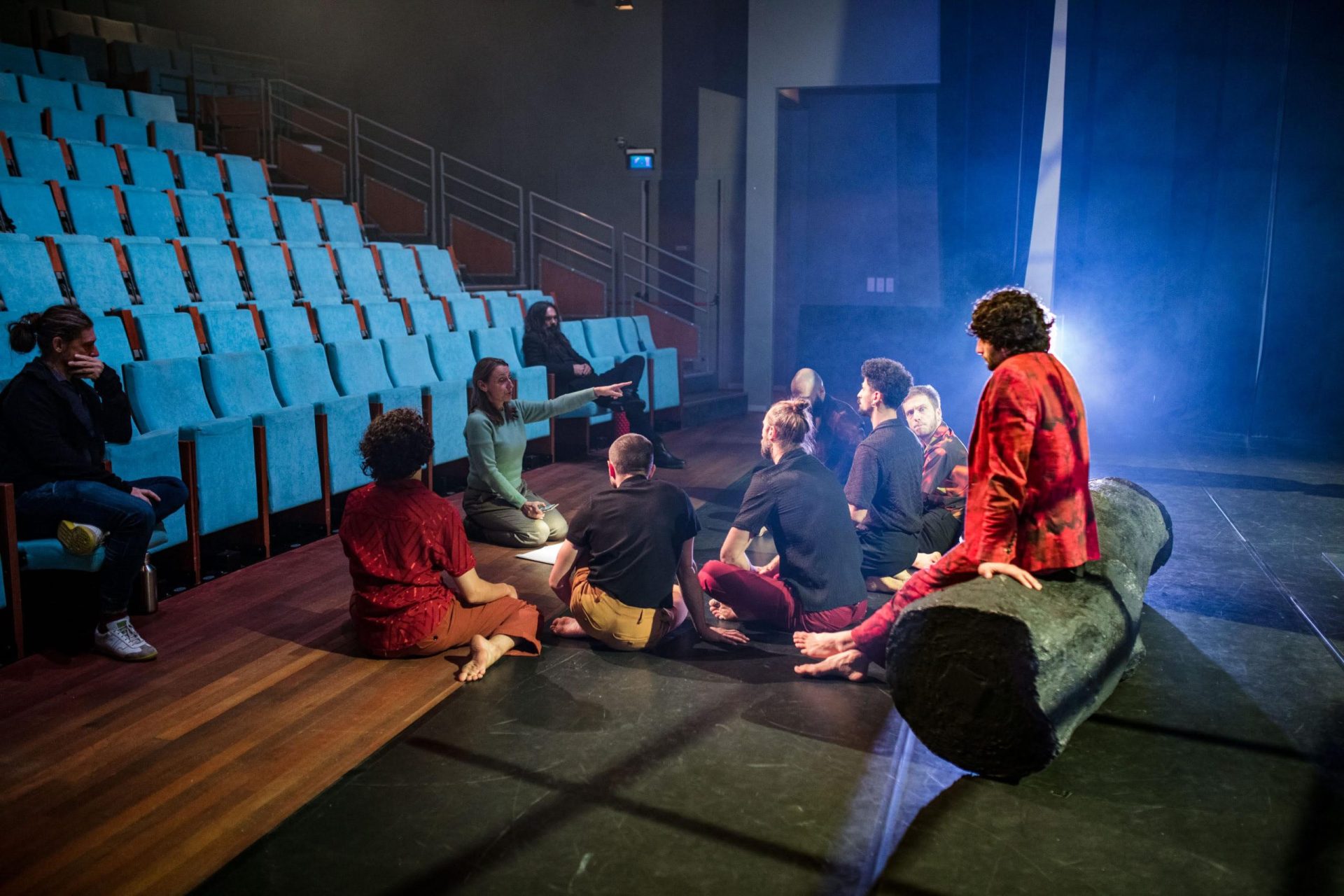When choreographer Pia Meuthen began integrating the new circus into her work over a decade ago, her goal was clear: “To create her own movement language, in which the disciplines of dance and circus merge seamlessly.” This has succeeded, Panama Pictures’ performances are hybrid and unique, and successfully seen across Europe. Time for the next step: offering young creators space for research and creation. “I know how complicated it is to find your own signature and a place,” she says.
Satisfied she is. And proud. Of the performances she made with her artistic team and performers, of their development and reach. “I find it very special how a wealth of knowledge and experience has grown in this way over the years. Such an artistic team, with all kinds of inspiring artists – from scenographer to composer, dramaturg to costume designer – is worth its weight in gold. And the cast; through years of discovering and developing together, they have become an archive of movements. Our performances are becoming more and more Gesamtkunstwerken.”
Always something at stake
This collectivity is also reflected in the prominent role for the sets in which and on which the performers move. “Scenography has become increasingly important. In terms of content, because it allows me to show people who are dependent on their environment and circumstances – and the limited influence they have on them. But also because of the physical challenge. It has to be climbed on, hung on, balanced on. Our performances are never easy or taken for granted, the performers take risks there, there is always something at stake.”
In recent years, a spectacular component has been added. “I have become fascinated by objects and sets that move. The spinning tree trunks in The Man who fell from the sky, the tilting staircase in The Weight of Water, the barely controllable object in Tipping Point – for me, they refer to a world full of uncertainty, to ideas we have to let go of and the realisation that every choice and movement you make has consequences for your fellow man.”
The height and width of those monumental sets demand space, literally. “That’s why we made the switch to large theatre halls. But also because we saw the audience numbers growing. I find that very nice and important; we don’t make performances for a niche but for a wide audience. We want to convey a message and it evokes its own, different associations in every spectator. With young and old, in theatres and festivals, in the Netherlands and far beyond.”
Research and creation
Every Panama Pictures production requires new inspiration and impetus; Pia can draw on her years of experience and that of the artistic team and cast for it. “But I also involve new people every year; these fresh insights are essential. Moreover, our way of working – the combination of dance and circus, the handling of scenery and objects – is not something we take for granted, it is important that we keep transferring it. And that development continues. In our company, but also with other creators – they should also be able to discover their own movement language. I know how complicated it is to find your own signature and a place. That’s why we opened House of Panama this year.”
House of Panama is a place where young, talented circus makers can work on deepening and professionalisation. “Such a space for research and creation is very important. In House of Panama, makers can work in our studio, we transfer our knowledge and inspiration and offer artistic and business support. With our whole team: the performers, but also the dramaturge and lighting designer, the business manager and the marketer. This is how we initiate new developments together.”
Panama Pictures’ performances involve a lot of enthusiastic and skilled makers, in front of and behind the scenes. Together they make up our company. You can read their (and therefore our) stories here.
